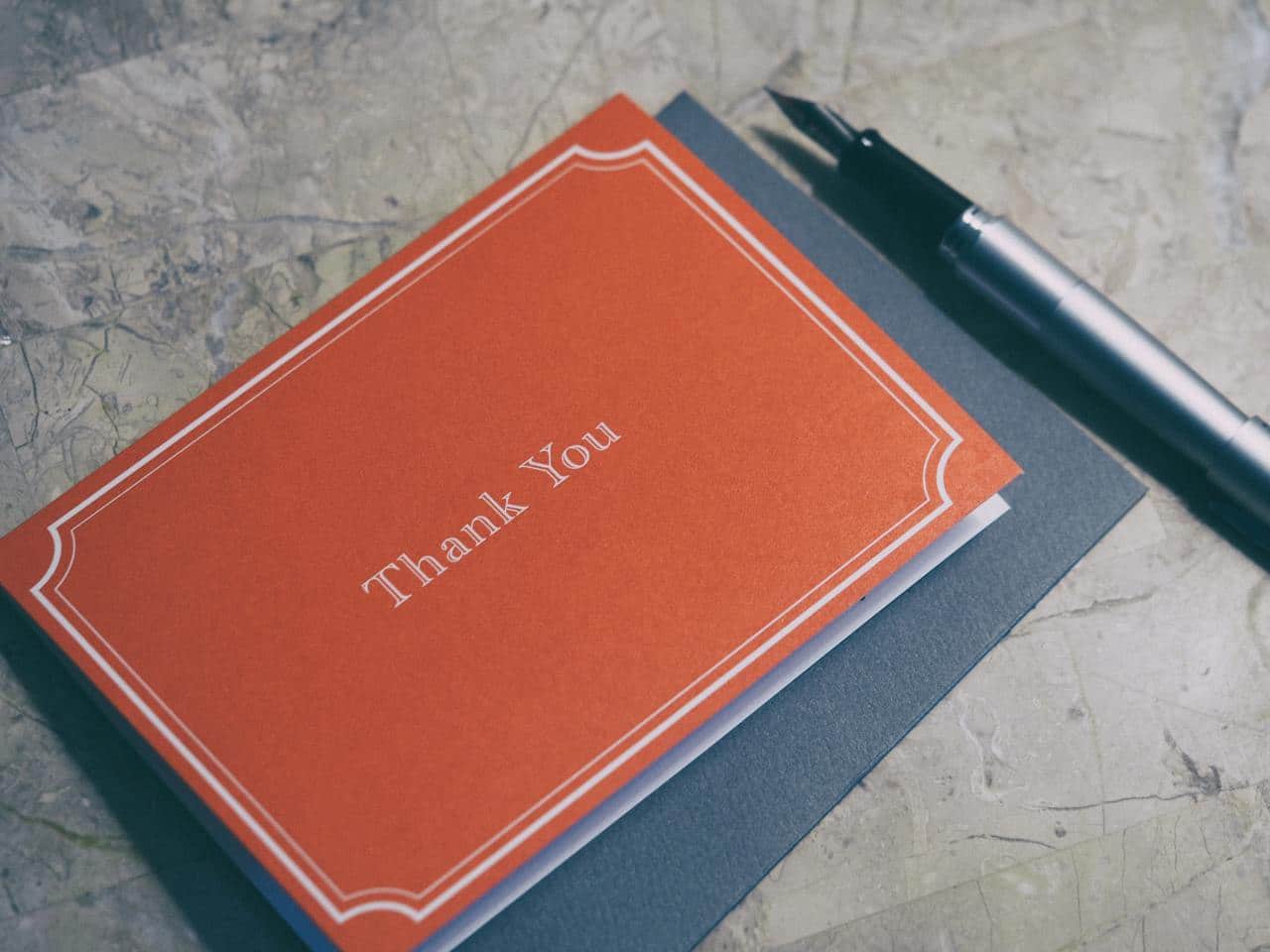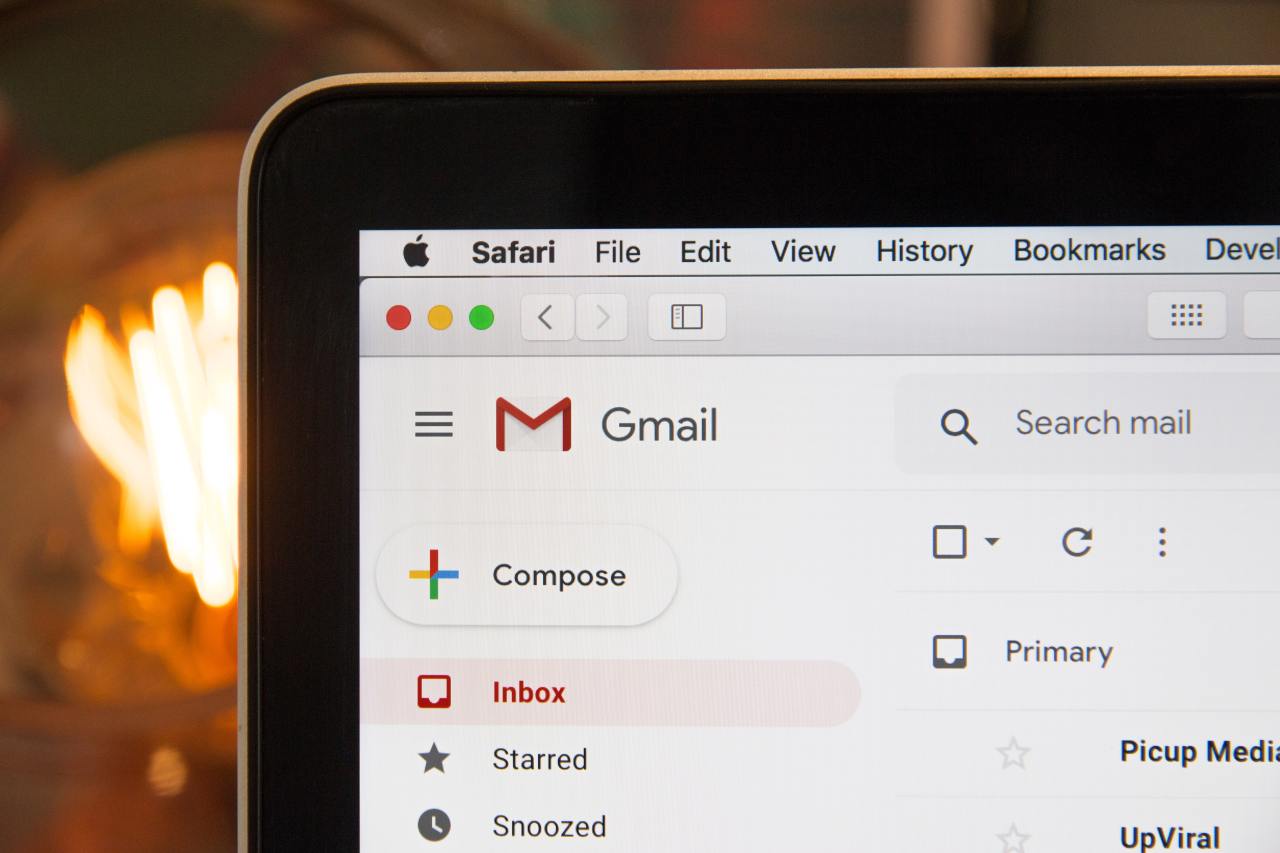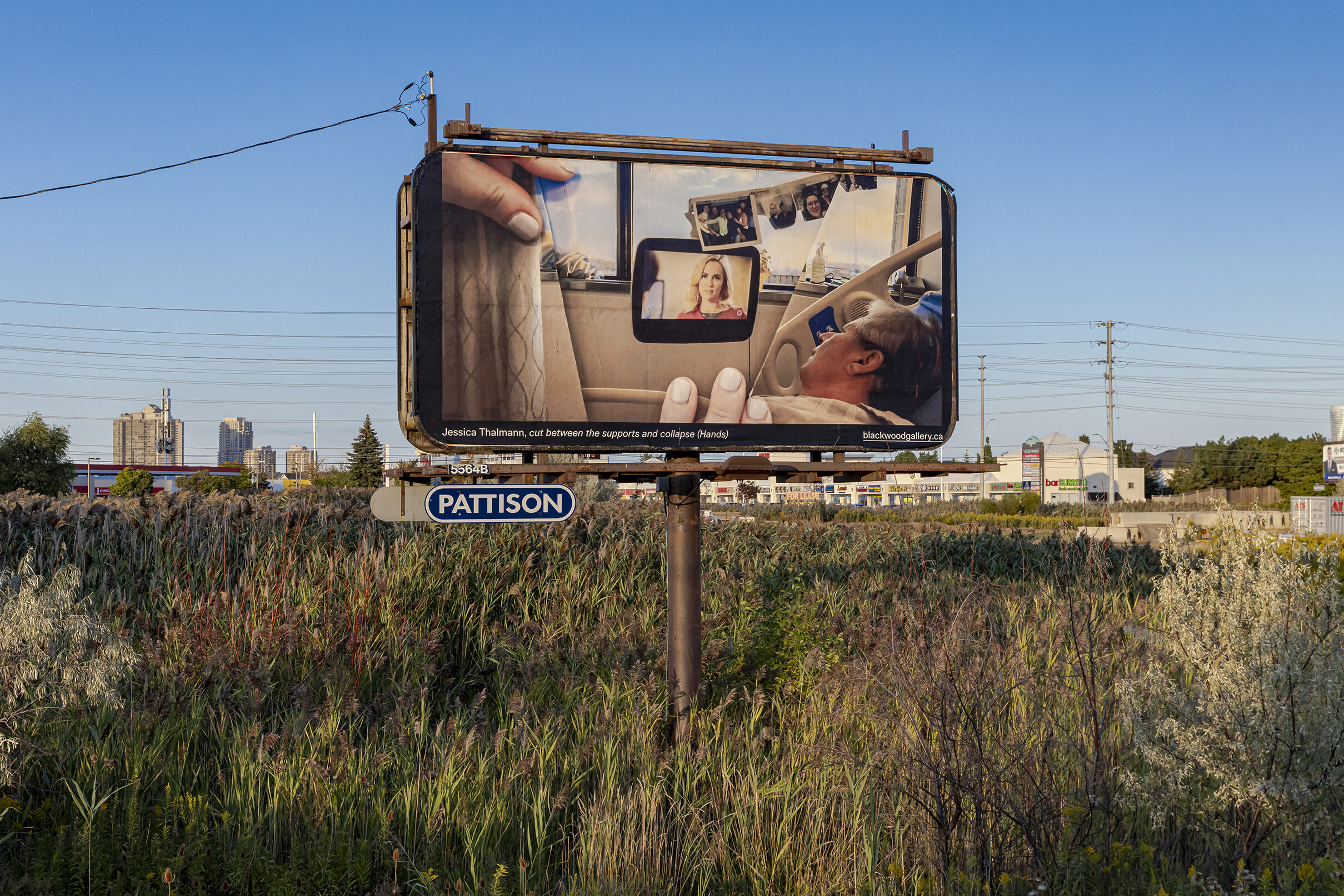It’s just an email — it shouldn’t be that hard right? Writing effective emails can often be an overlooked and underrated part of any business. The reality is, emails are a great way to connect with your clients and to reach potential new clients. Emails need to be thoughtful, professional, and engaging. It’s not enough to just rely on social media to communicate with your clients, as a photographer it’s important to use all available resources to connect with people and drive them to your website or into your upcoming booking calendar. This all-encompassing post will lay out all things needed to write successful emails — from your very first email to follow-ups, and the importance of email marketing. Buckle up, and may this email post find you well.
Is Email Communication Important?
Of course, it is! Proper email etiquette means the ability to effectively communicate through emails. This communication method is a really important touchpoint to have with clients and shouldn’t be underestimated. Although it might seem like a basic task, the reality is when emailing is done wrong it can lead to miscommunications, radio silence from clients, or unhappy customers. Since any and all of these outcomes are unfavorable for your photography business, putting time into improving your current email communication skills can only benefit you in the long run. Look at every email you write like an important touchpoint with your customers or potential clients. Make sure your communication is clear and concise, professional and engaging, and ultimately, timely. Easy right?

Thank You Emails
Always, always, always send thank you emails to each one of your clients. If you aren’t already in the habit of doing so, the simple addition to your photography business should be to send a thank you email to your clients after their photos have been signed, sealed, and delivered. This email doesn’t have to have a call to action in it, but can just express your gratitude for their business.
Try to stay away from a basic template and instead try to add a bit of a personal touch to each of your thank you emails. You can use this opportunity to comment on memory, add one of your favorite shots or reference a little inside joke from your photo session. This email doesn’t have to be all text either — it is also an opportunity where you can add one of the photos from their session or even an outtake. Make sure you spend a moment expressing that you would love to photograph them again in the future. Thank you emails go a long way in fostering relationships and can lead to returning customers down the line. Consider also sending general thank you emails to your entire database at the end of the year, around the holidays, or on the anniversary of your photography business. Thank you’s are a simple email to send but go a long way.
Follow-up Emails
Never shy away from writing a follow-up email when you haven’t heard back from one of your clients. While sometimes it can seem uncomfortable to send — like you may be annoying a client — sending a follow-up is necessary and should be a staple for your email playbook. This email doesn’t have to be long, but should be sent about one week after you haven’t received a response from your client. There are other times when follow-up emails should be sent, for example in response to someone who inquired about your services, if you require an answer on anything outstanding, or after you have delivered the final product pictures. Don’t take it personally if you haven’t heard back initially — often times emails get lost in the shuffle, so there are times when your clients will really appreciate the reminder. Not sending a follow-up could result in a loss of a potential money stream and new clients coming into your photography business. Put together quick and generic email templates to be able to use as a follow-up — make sure it’s upbeat, concise and it goes without saying, kind.
Pitch Emails
Since not all photography clients are going to find you themselves, sending out pitch emails is an important part of growing your business. Here’s the thing, if you are a professional photographer who always covers weddings then that’s how people are going to see you. If you want to branch out you have to let people know what you are interested in. If there are photos you want to be taking, companies you want to work for, or events you want to cover dust off those pitch email templates. Pitching is about showing your interest and your skillset. These emails should include reference photos for potential clients and should direct the contact to your website and social media pages where they can find the rest of your work. While getting started on writing a pitch can seem daunting, just remember that your goal is to showcase your personality and talents, and to let the decision makers decide for themselves. Set realistic goals to help push your business forward — for example, sending out three pitch emails a month. Be authentic in these emails, be bold, tell your story, and get pitching.
Responding to Leads
Timely responses to the leads you receive are an important way to improve your chances of securing clients and booking sessions. By taking too much time in your responses, you run the risk of losing business and having people go to a different photographer. For general inquiries, having a contact form ready to send can help you streamline your process. This option of a standardized response can be a good way to collect information on what clients want so you can provide more accuracy in responding to questions such as price, time, availability, etc. Developing a form can be done easily through your website and that link can then be sent directly to clients. While templates and forms are both great ways to respond to leads, it doesn’t take away from the fact that there will be cases where a general form won’t work. Get in the habit of reading through the email to see if it requires a more detailed or personal response, but as an initial touchpoint creating a form is a life (business) changer!
Email Marketing
Last, but certainly not least, developing an email strategy is something that every photography business needs to have. The first step should be to set up an email marketing strategy for the year, which should encompass a calendar with all the marketing pushes you plan to send out. There are a number of different email marketing systems that you can set up, many of which connect directly to your website. These systems are usually equipped with a number of different template options that can be used to formulate your marketing emails. These will save you a lot of time.
Planning Your Email Strategy
As you are creating your marketing strategy, look at a calendar and try to map up some peak times throughout the year — times when people are booking wedding photographers, holiday pictures, valentines, engagement shots, etc. Also look into when you can do other pushes, for example, maternity or family sessions, etc. Think about when the high times are for these different photography sessions and mark them down. Email marketing is an important avenue to reach clients so take advantage of it. Remember, timing matters. Don’t forget to include a call to action in each of the emails you send. Be as creative as possible because you want to ensure that people actually will open your email! Don’t shy away from including a video or other images in your marketing emails. And don’t forget, many people will open emails from their phone so ask yourself the question, does this email marketing campaign fit on a mobile device?
Leveraging Email Data
And of course, as you go along you need to continue to build up your database by collecting contact information, both names and email addresses, so you hit clients with your targeted emails. The database you build should be comprehensive, so collect all the information you possibly can including their age, phone number, type of photography they booked, etc. This type of data can help you build a plan of attack for how to target your marketing emails effectively. For example, down the road, you can target a family photo session at clients who booked a wedding with you the year before.
Five Tips to Writing Effective Client Emails

Be Prompt
A timely email response can be the difference between securing new clients and having them choose a different photographer. Since the market for photography can be competitive, it’s important to stay on top of your inbox and provide excellent customer service. Being in the habit of checking your inbox every day is a good way to stay on top of it. While there will be some emails that come through that may be okay to let sit, others — especially leads — will need to be taken care of right away. This is where having a process in place comes in handy. Whether it’s emailing a form over or using pre-curated email templates to let clients know when you’ll be getting back to them. The quicker the response the better, but don’t forget quality matters too.
Language
Using effective language is an important part of writing a good email. To get started, use language that is both appropriate and professional. For example, don’t use capitalized words excessively throughout your email or add too many exclamation points. Remember that you are talking to your photography clients and not one of your friends, but at the same time, you also want to make them feel like they are an important part of your business family. Because they are! The focus should be on maintaining professionalism, but also being genuine and warm with the language you use in each email. Another important aspect in terms of using the right language is straying away from photographer jargon. There are going to be terms that photographers use and understand but aren’t at a level that the average person would need to understand, so be cognizant of some of these words and adjust your language to fit. A good example would be breaking down the photo editing process or answering questions as to how that works into your pricing. A good rule of thumb is to always use specific language and to try and put yourself in the reader’s shoes as you proofread through each line of an email. By working to be specific and concise with the language you use, you can also help shorten the emails which ultimately becomes a win-win.
Remember that true language barrier also do exist between photographers and clients. If you are corresponding with someone who has English as a second language, be extra conscientious about the words you choose to use. You especially want to stay away from jargon or expressions that don’t translate between languages in these cases. Showing extra care in these emails can help build trusting relationships with your clients, which of course will help them feel comfortable around you — all to improve your ability to capture true emotion in your photos.
Tone
This can be a very challenging part of writing any email — tone is always harder to convey in writing than when talking in person because there are no social cues to build off of. The worst thing you could do is offend someone. So because of those very real issues, tonality is something you should be hyper-aware of. To ensure your message is going to be received the way you want it to be, the tone should always be something you think of. Some good tips are to keep your emails personable and upbeat so people actually want to keep reading. Always start your email with the person’s name and an appropriate greeting of some kind. Make sure you use the right pronouns for your clients too. Each email you write should also include gratitude, so say thank you! Thank you for the client’s time, or their patience, or for allowing you to take photos of them. If you are responding to any issues be extra cautious with your tone. Take a second before you hit send to be sure you are happy with the tone of the email.
Subject Lines
Crafting the perfect subject line can be hard! It means getting a bit creative and letting some ideas flow before deciding on the perfect ones. Subject lines can be many different things — sometimes all you need to do is be a straight shooter, while other times what you really need is to make your subject intriguing enough that your email will actually be opened. This is especially important when you are thinking of subject lines for pitch emails or for your email marketing send-outs. One thing you should be wary of is that sometimes the subject line is what will send your email right into someone’s junk mail. Some email programs will flag certain subject lines that will result in an email going directly to the trash, but there are some ways you can avoid this happening. To do so, try to steer clear of certain words. Subject lines that are written in all caps or include words like “discount” or “free” or “%” can sometimes be the cause. Do a little extra research at this stage to try to make sure your email won’t end up in a client’s spam folder. Stay authentic in your subject lines — focus on being punny or creative as opposed to ultra salesy.
Proofread
Is there anything more frustrating than finding a mistake in an email after you’ve already hit send? While each of the tips today is incredibly important, proofreading with a big focus on attention to detail needs to be atop every one of your lists. Everything from the email address to the person’s name, to the text you have written in the body of your email, and right down to your own signature should be read more than once. Proofreading becomes even more important when you are copying and pasting some of the information within your email. Sometimes your eyes will be tired or you will want nothing more than to hit send and be done with it, but you really need to take that extra second and do your due diligence to be certain you have everything right before doing so. Every single person, even professional writers, makes spelling and grammar mistakes so it’s okay to need a bit more time editing. The secret to good proofreading is simply taking an extra second or two. So do it the right way and give it another read-through.
More tips on email marketing? Check out these articles:
Pain-Free Email Management Strategies For Creatives












